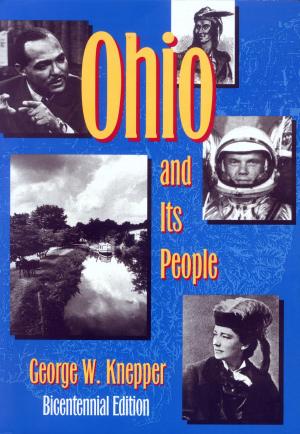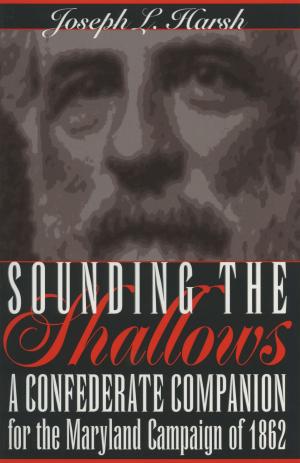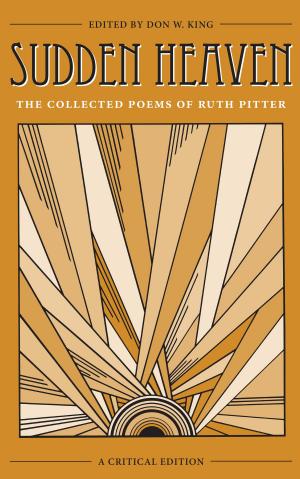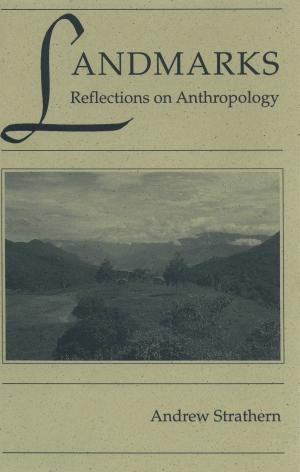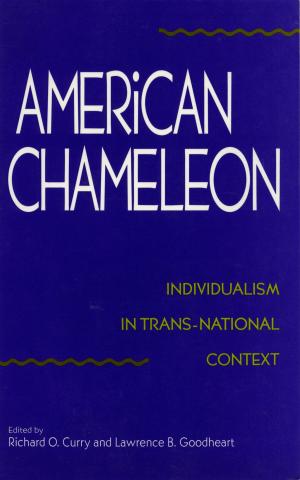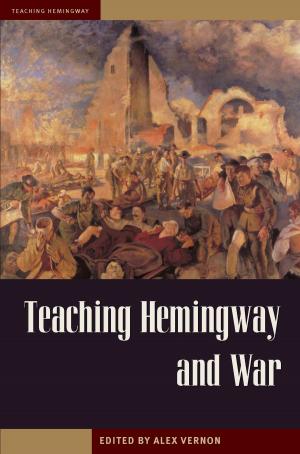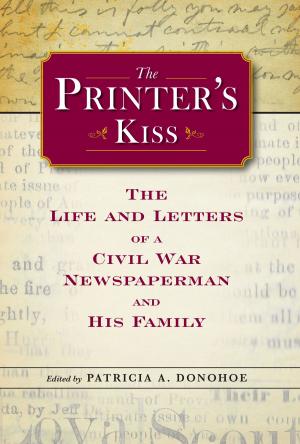The New Ray Bradbury Review Number 2 (2010)
Fiction & Literature, Literary Theory & Criticism, Science Fiction| Author: | ISBN: | 9781612773261 | |
| Publisher: | The Kent State University Press | Publication: | October 24, 1998 |
| Imprint: | The Kent State University Press | Language: | English |
| Author: | |
| ISBN: | 9781612773261 |
| Publisher: | The Kent State University Press |
| Publication: | October 24, 1998 |
| Imprint: | The Kent State University Press |
| Language: | English |
Like its pioneering predecessor, the one-volume review published in 1952 by William F. Nolan, The New Ray Bradbury Review contains articles and reviews about Bradbury but has a much broader scope, including a thematic focus for each issue. Since Nolan composed his slim volume at the beginning of Bradbury’s career, Bradbury has birthed hundreds of stories and half a dozen novels, making him one of this country’s most anthologized authors. While his effect on the genres of fantasy, horror, and science fiction is still being assessed (See Ray Bradbury: The Life of Fiction, Kent State University Press, 2004), there is no doubt of his impact, and to judge from the testimony of his readers, many of them now professional writers themselves, it is clear that he has affected the lives of five generations of young readers.The New Ray Bradbury Review is designed primarily to study the impact of Ray Bradbury’s writings on American culture. It is the central publication of The Center for Ray Bradbury Studies, a newly established archive of Bradbury’s writings located at Indiana University. This review is designed principally to study the impact of Ray Bradbury’s writings on American culture. In this second number, scholars discuss Bradbury’s view of the role of art and aesthetics in our modern technological lives. Included are Bradbury’s correspondence with renowned Renaissance art historian and aesthetician Bernard Berenson, a fragment from Bradbury’s screenplay “The Chrysalis,” a review of Now and Forever, and insightful essays by Jon Eller and Roger Lay.Fans and scholars will welcome The New Ray Bradbury Review, as it will add to the understanding of the life and work of this recently honored author, who received both a National Book Award and a Pulitzer Prize.
Like its pioneering predecessor, the one-volume review published in 1952 by William F. Nolan, The New Ray Bradbury Review contains articles and reviews about Bradbury but has a much broader scope, including a thematic focus for each issue. Since Nolan composed his slim volume at the beginning of Bradbury’s career, Bradbury has birthed hundreds of stories and half a dozen novels, making him one of this country’s most anthologized authors. While his effect on the genres of fantasy, horror, and science fiction is still being assessed (See Ray Bradbury: The Life of Fiction, Kent State University Press, 2004), there is no doubt of his impact, and to judge from the testimony of his readers, many of them now professional writers themselves, it is clear that he has affected the lives of five generations of young readers.The New Ray Bradbury Review is designed primarily to study the impact of Ray Bradbury’s writings on American culture. It is the central publication of The Center for Ray Bradbury Studies, a newly established archive of Bradbury’s writings located at Indiana University. This review is designed principally to study the impact of Ray Bradbury’s writings on American culture. In this second number, scholars discuss Bradbury’s view of the role of art and aesthetics in our modern technological lives. Included are Bradbury’s correspondence with renowned Renaissance art historian and aesthetician Bernard Berenson, a fragment from Bradbury’s screenplay “The Chrysalis,” a review of Now and Forever, and insightful essays by Jon Eller and Roger Lay.Fans and scholars will welcome The New Ray Bradbury Review, as it will add to the understanding of the life and work of this recently honored author, who received both a National Book Award and a Pulitzer Prize.



